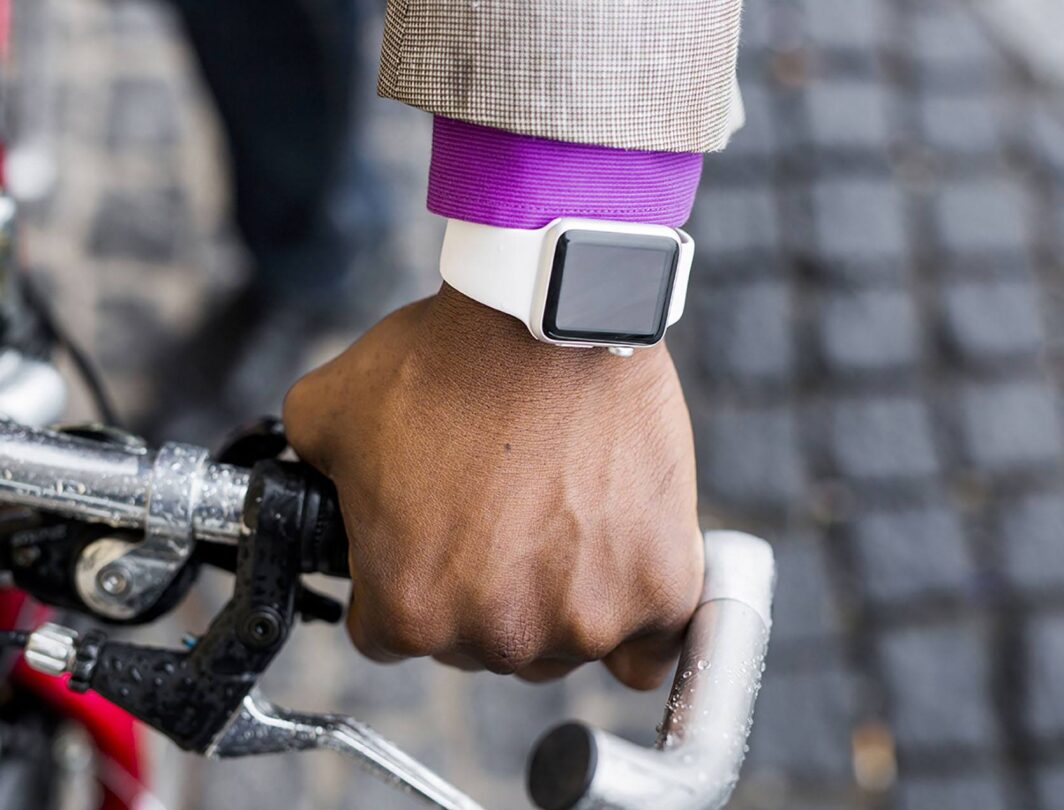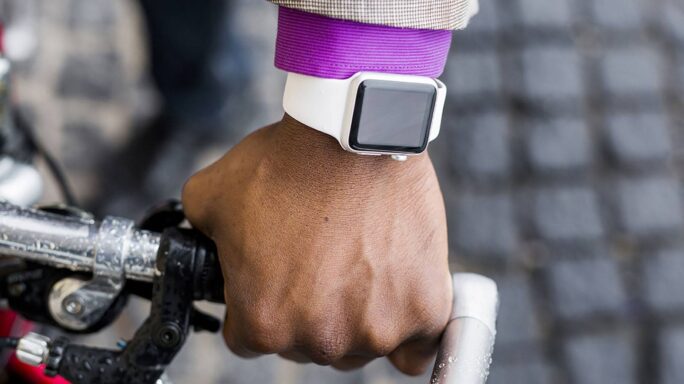Technology & Innovation
4 mobile payments innovations from around the world

The race continues globally between big businesses to partner up with tech firms to introduce a new ripple in the wave of payments technology. Here’s a roundup of the latest news of companies test-driving new advancements in mobile payments and what some of these developments could mean for SMEs.
Mobility-as-a-service in Singapore
Mobility-as-a-service technology incubator, mobilityX, is looking to develop an integrated app that allows commuters to book and pay for different transport options by the end of 2018. Options range from individual e-scooters to driverless electric-driven pods that move larger numbers of commuters to connecting bus networks. SingTel International also announced the integration of SingTel’s mobile payments platform with mobilityX’s app to support payment and/or check-out services through mobile wallet and direct carrier billing.
For small businesses: Integration is the new black, especially for financial service providers looking to serve small businesses. Payments service providers (PSPs) are partnering with tech firms to create more digital offerings to alleviate common financial management pain points like too much time spent on admin tasks, cash flow troubles, and late payments. Now is a good time to analyze your process and start shopping around for a cloud-based solution for more flexibility:
- Identify the day-to-day tasks that are using up too much time or not delivering the right outcome. This could be manually updating data for paid invoices, tracking transaction history, or generating invoices. It’s important that these features are a part of your solution offering to truly feel the benefits.
- How would you want to interact with this technology? Are you or any of your staff already comfortable with the necessary mobile device and/or app? How easy would it be to train users? Is it a plausible enough habit change to make your transition seamless? Consider if your potential solution is a sustainable and achievable option.
- What are the customer-facing factors with each option? If you’re looking to digitize generating invoices, what does the customer experience entail and how easy is it to use? Are there additional bells and whistles like invoice customization?
Mobile payments for subway rides in Beijing
Recent reports announced passengers will be able to scan a QR code with their mobile phone to pay for subway rides as soon as before July this year. This isn’t new for London Tube riders who have been paying with mobile devices since 2012, U.S. transit systems like New York’s Metro are just starting to catch on to the trend. What’s newsworthy about Beijing is the service does not require phones to have a Near Field Communication (NFC) function and can be used by all smartphones with the Yitongxing app.
For small businesses: This is just another indication of consumers driving the trend toward mobile payments as a preferred payment method. As eMarketer reports, the global number of NFC payment users will grow from 72.1 million in 2017 to an estimated 1028.9 million by 2020. NFC Forum predicts there will be 2,217 million NFC-capable mobile devices around the world in 2020. That’s a sign that mobile payments are the real deal for consumers and worth the investment for SMEs interested in staying on-trend. If you sell online, here are a few tips to make the best payment experience for your customers:
- Create online shortcuts to pay to make inputting key information easier. Flag errors as customers go through the payment form instead of waiting until the end and forcing them to find a mistake.
- Always think mobile-friendly. Your payments page should be touch-friendly with little need to zoom in or pinch out. It’s also a nice touch to make it easy for customers to resume their shopping where they left off in case they need to pick it up later. Offer an option to send a link to their shopping cart to themselves.
- Speed up screen load time by reducing the number of elements on each page. Experts say that for every one-second download delay, your dropout rate increases 7-10%.
Mobile payments with cryptocurrency in Korea
South Korean cryptocurrency exchange Bithumb and mobile payments provider Korea Pay announced a partnership this week to bring cryptocurrencies to 6,000 outlets by the end of the year. About 200 franchise brands have also signed onto the initiative, allowing cryptocurrency adopters to use Korea Pay’s platform to make payments in cryptocurrencies.
This comes on the heels of South Korean internet titan Kakao Corp’s announcement to integrate cryptocurrency payments for 12,000 merchants and millions of users across various other platforms.
SMEs: No immediate action here. Cryptocurrency is still growing legs as a global form of payment and not mainstream enough to cause urgency. Research from Boston Retail Partners shows 85% of North American retailers are taking a wait-and-see approach to Bitcoin, and a TSYS survey shows only 3% of U.K. have used virtual currency. It’s probably best to see how consumer demands continue to develop before investing.
Mobile payments via WhatsApp in India
TechRadar reported that WhatsApp is in the process of rolling out a new payment feature on the Android version of its messaging app in India. Users will be able to make payments via a QR code when they enable WhatsApp Payments. The new feature is closely aligned with India’s system that calls for various mobile payments schemes to be interoperable.
For small businesses: Another one to watch closely as consumers haven’t gravitated to social payments so much. A Morning Consult National Tracking Poll shows 79% of Americans don’t have the Facebook Messenger app or use it to make payments, and only 6% say they use it several times a day.
Sage’s Payments Landscape Report showed that 63% of UK consumers said they wouldn’t use any social media platform to make payments and 64% of Americans say the same, however, 26% of UK consumers say they check their WhatsApp account several times a day, and there are 18 million active users each month in the US as of January 2018. It’s safe to say there’s more to see in user adoption before hopping on this trend.
Before you add or remove payment options:
- Get the opinions of your customers
This is the best way to gauge if your customers desire a more convenient way to pay you. It may not be worth your while if your customer base is content with traditional payment methods but it’s certainly worth asking.
- Keep your customers informed
The checkout and payment process is an integral part of the overall payment experience. Customers expect to be able to pay you seamlessly, so any hiccups in the will be highly visible.
Be sure to let your new and existing customers know when a new payments process is coming, what changes they can expect and how the new method will make paying easier.
- Phase out old methods slowly
Assume it will take your customers a bit of time to adapt to your new payment options and keep your traditional methods available temporarily. Use any communication touch points you have with your customers to remind them of the upcoming changes in payment methods and where they can go for support.
Payments should be simple and seamless for your customers to get the best experience with your business. Whether you’re using technology to do that or not, follow these best practices for mobile and online payments.








Ask the author a question or share your advice